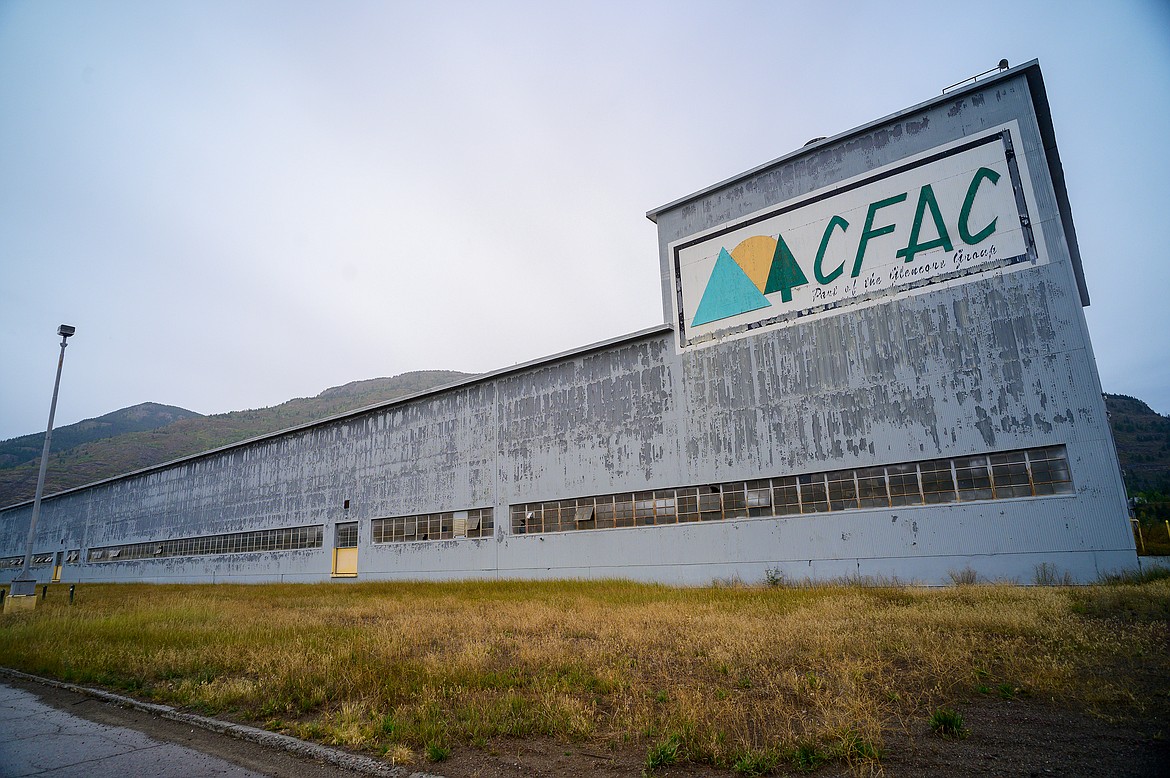EPA brass speaks to CFAC cleanup decision
By CHRIS PETERSON
Hungry Horse News
The regional administrator for the Environmental Protection Agency earlier this month said she was encouraged by Flathead County and the City of Columbia Falls urging the EPA to move forward on a Record of Decision for the Columbia Falls Aluminum Co. plant cleanup.
“The EPA is encouraged by the July 16 letter of support from the Flathead County Commissioners with emphasis on how well the public engagement has been working over the last several months. We are also encouraged to hear local (Columbia Falls) city officials recognize and your Aug. 23 letter further recognize our enhanced community engagement efforts. These letters from elected officials are indications that the EPA’s efforts, in collaboration with Montana Department of Environmental Quality, are reaching the broader community members and answering their important questions,” Becker wrote to Republican Sen. Steve Daines on Sept. 10.
Becker went to say that the EPA would have meetings with representatives of the Confederated Salish and Kootenai Tribes and one more meeting in Columbia Falls.
Those meetings happened last week.
“Once these engagements have concluded, the EPA will consider all input received and continue to move forward with the Superfund process. As we approach issuance of a Record of Decision for the site, we want to explain that a ROD is step five in the nine-step Superfund process. A ROD provides an overview of the site history and enforcement actions, community participation, site characteristics, land use, human health and ecological risks, and cleanup objectives. It describes what cleanup alternatives were evaluated and the results of the evaluation. Finally, it outlines the selected remedy for cleanup and how the cleanup meets statutory requirements,” she wrote to Daines.
Daines had written to Becker inquiring about the status of the ROD on Aug. 23.
“The cleanup of the CFAC Superfund Site is of utmost importance to the communities near Columbia Falls, and I will continue to focus on ensuring that the process is prompt and transparent,” Daines said in a statement Monday.
EPA project manager Matt Dorrington held open talks at the Columbia Falls City Hall on Wednesday, Sept. 18, with anyone from the public who was interested in the cleanup.
He clarified a few things as well concerning the proposed action’s preferred alternative for a slurry wall around the wet scrubber sludge pond and the west landfill, which have been leaching fluoride and cyanide into the groundwater for at least 30 years.
The wall is designed to contain the waste to those two landfills and prevent the spread of pollutants. But critics of that plan claim the wall could leak. The Coalition for a Clean CFAC, for example, has preliminarily endorsed another alternative for the site, which calls for digging the waste up and then making a new hazardous waste landfill that would, in essence, raise the waste above the groundwater table in a new approximately 43-acre landfill.
But Dorrington noted that alternative has its problems — the greatest being that crews would never be able to get all the waste out of the old landfills, assuring a complete cleanup.
“Now you have two sources,” of waste, he noted — the new landfill and whatever remained of the old one.
That’s the same problem with digging up the waste and hauling it away to an approved landfill in Oregon, another option that was explored, but ultimately rejected.
Another issue is digging up the waste could expose workers to deadly cyanide gas and, in addition, the process would expose even more of the environment to the waste.
The slurry wall alternative keeps most of the waste in place, though in some areas the soils will be removed and consolidated, as they are contaminated as well.
Cyanide and fluoride are common pollutants at aluminum plants across the Northwest. To date, few cleanups have included digging up the waste and hauling it offsite.
At Kaiser Mead plant near Spokane, Washington, for example, they didn’t even put in a slurry wall. They pump out the polluted groundwater, treat it, and then re-inject it back in the ground.
That sort of system could also be used at CFAC, if the slurry wall doesn’t work.
Dorrington noted that once the slurry wall is in, they’ll know fairly quickly if it’s working, as test wells will be drilled both inside and outside the wall.
He also spoke to the concern about pollutants leaking under the wall. There’s a layer of substrate under the CFAC site called the aquitard that keeps the relatively shallow groundwater from the deeper aquifer.
If the aquitard had a leak, cyanide and fluoride should show up in the deep aquifer. To date at least, it hasn’t, an indication that it’s a good barrier.
Still, he said, the project will do more borings to fully understand the aquitard, he noted.
Meanwhile, Becker’s letter also clarified the timeline for cleanup.
“After a ROD is issued, the EPA engages in negotiations with the potentially responsible party and works towards entering a Consent Decree to implement the selected remedy at the site,” she wrote to Daines. “The public has an opportunity to comment on the future consent decree before it is executed by a court. After the consent decree is finalized, remedial design begins, under comprehensive EPA and MT Department of Environmental Quality oversight, and could take many years to complete. Remedial Action will signal the start of the cleanup process and is expected to begin in 2027 and last roughly 2-3 years. EPA community engagements will be conducted through remedial design and remedial action, so we can continue to inform community members and stakeholders of site progress and expectations of next steps and be responsive to their questions and concerns throughout the Superfund process.”
It’s been a long time coming.
The first formal meetings on the CFAC cleanup began in 2015.

